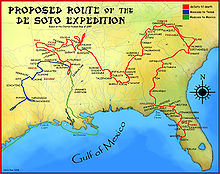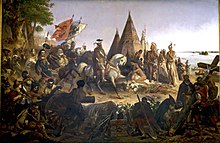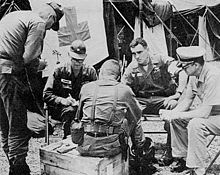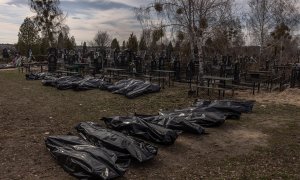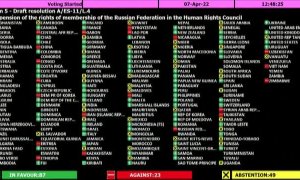There is no good reason for the US to be involved in Ukraine. Forget NATO. Why should they be involved? And isn't Bidan telling the troops he's going with them when they go fight? Isn't NATO the proxy aggressor here? Isn't that the long term problem?
No the long term problem is Russia and it's Imperialistic tendencies. The American forces in the region aren't there as America they are there as America's contribution to NATO's article 5 which says an attack against one is an attack against all. They will only get involved directly if Russia crosses Ukraine's western borders into one of the NATO countries along that border. They hope however, that doesn't happen and the presence of American troops along with the troops of other NATO nations is intended to be a deterrence against expanding aggression from Russia. As long as Russia confines itself to Ukraine and doesn't seriously escalate things through the use of chemical or nuclear weapons then the US will remain where it is, prepared to defend it's fallow NATO countries. You seem just all too willing to overlook some very important historical facts that play a significant role here. The most important being that the primary reason NATO was created in the first place was to help protect against the threat of military aggression by the USSR (now for all intents and purposes Russia). This threat was very real and present at the time because the USSR took advantage of the distraction of WWII and it's non aggression pact with Hitler's Germany to invade and assimilate into the USSR many of the now Eastern European NATO countries on the border of Ukraine. These countries joined NATO the first chance they could when the USSR fell because of the threat Russia still represents as is proven by the current invasion of Ukraine, the previous invasion of Ukraine in 2014 where they took Crimea, the previous attempt to take back Czechoslovakia in 1968 where they maintained a direct military occupation for the next 25 years and Putin's very public and long standing self expressed desire to return Russia to what he considers the former glory of the USSR. These NATO countries where US forces have been sent have every right to feel threatened and to look to it's NATO Allies like the US, to defend against the threat that Russia and Putin represent. After all Russia as the USSR had once ignored their sovereignty, invaded and took control before. So if your wanting to find the cause of all this, the one thing most responsible to blame it's Putin's Russia. If the USSR wasn't they way it was after WWII and it's leaders weren't like Putin wanting to continue that aggression, NATO might never have been formed because with Hitler's Germany conquered and Japan bombed into submission there was no other global threat besides the USSR, creating a need for Europe to join with countries like the US to form a defense. Had Putin kept his wet dream of re-establishing the glory of Russia to that of the former USSR, to himself. NATO very likely would not have felt the need to build up defenses along Ukraine's border that Russia tries to use as it's lame excuse for attacking Ukraine. All Russia has ever had to do to completely eliminate the threat of NATO was to become a friendly nation willing to respect the rights of it's neighbors to exist as free Sovereign nations and work together to turn Europe into what might have been the greatest Super Power of all time. But no Russia couldn't do that and as a result you have the tensions that exist today the history of the previous cold war and now a new cold war forming where the world will have to live in constant fear again of a nuclear holocaust. Thanks Putin

